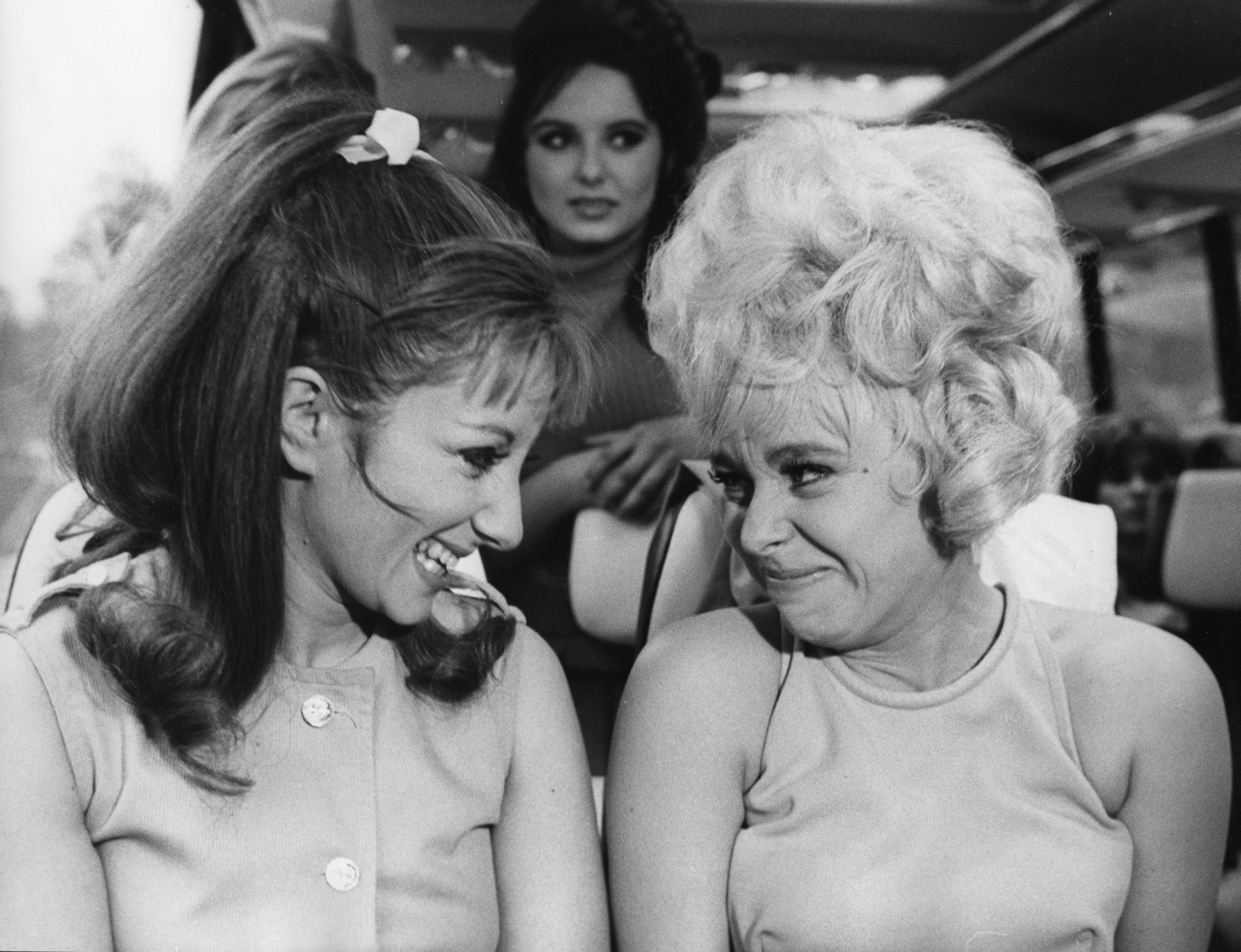‘Part of the culture’: How the Carry On films became the most lucrative comedy franchise in the history of British cinema
As the last film in the franchise, ‘Carry on Columbus’, turns 30, Geoffrey Macnab looks back on what made the innuendo-filled, bawdy movies so popular – and whether they would stand up today

It’s 530 years since Christopher Columbus “discovered” America in 1492 – and 30 years since an almost equally significant event, the release of the final Carry On film, Carry on Columbus (1992).
“There are some chuckles along the way,” acknowledged the film trade magazine Variety, whose critic at the time applauded the film’s familiar use of bawdy humour and double entendres. This was the 30th entry in a franchise that stretched back to 1958. Shot quickly and cheaply, it starred the strapping Jim Dale as Columbus and a gently subversive June Whitfield as Queen Isabella of Castile. No classic (it was later voted “the worst British film ever made”) it nonetheless allegedly turned a profit.
“They were all under budget, and they all made money in great sums,” Peter Rogers, the redoubtable producer behind the Carry On series, once told film historian Brian McFarlane.
Subscribe to Independent Premium to bookmark this article
Want to bookmark your favourite articles and stories to read or reference later? Start your Independent Premium subscription today.
Join our commenting forum
Join thought-provoking conversations, follow other Independent readers and see their replies